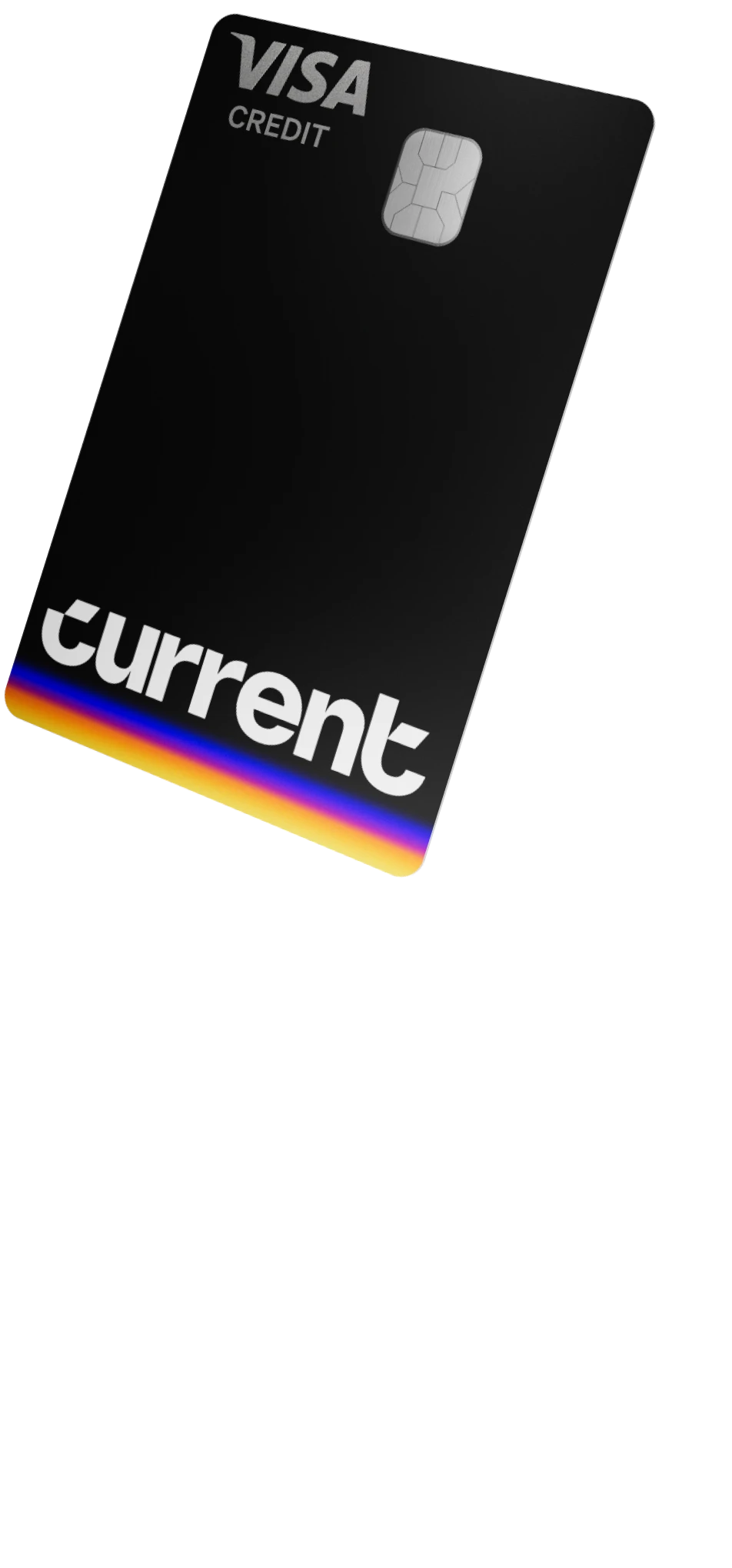How much money should you save each month?

If you're asking yourself, "How much money should I save each month?" you're certainly not alone. Setting aside funds for a rainy day, a big purchase, or even retirement seems wise to a lot of people.
But if you struggle to set aside any money after payday, you're also not alone. More than half of all American households don't have savings set aside for emergencies. And plenty of people don't have full retirement accounts.
If you want to save money but aren't sure how, know this: Every dollar matters. Saving a little bit is better than setting aside nothing at all. While creating a savings plan takes time and effort, you can do it.
Here's how to set goals that work for your budget and how to stick with your resolutions.
Simple Approach: Save 20% per Paycheck
Ask a financial expert just one question: How much should I save each month? The most basic answer involves math.
A 50-30-20 formula could guide your savings plans:
- 50% to cover necessities, including rent, car payments, and food
- 30% to cover entertainment and fun, including travel and takeout
- 20% to go right into savings, including retirement accounts and emergency accounts
Follow this very basic plan, and determining a savings goal is a lot easier. You'll set aside 20% of each paycheck you take home.
Some experts encourage people to tinker with these plans by age. Young people, for example, don't need to save up quickly for retirement. But once you hit your 50s, you might need to save more to ensure you can cover your expenses once you stop working.
You could cut back a bit and set aside just 10% of each paycheck, for example. But know that you will need to catch up later.
Example: You take home an average of $2,000 per month. Your monthly savings goal is $400.
Emergency Approach: Save 3 Months of Salary
Retirement may seem far away, but your next crisis could be right around the corner. Setting aside money now could mean handling that problem without sliding into massive debt.
Set an emergency fund goal with a few simple steps:
- Determine how much money you bring home every month. Include money you make at every job you hold. If your salary varies quite a bit from month to month, do your best to estimate.
- Multiply that number by 3.
- Divide that final number by 12.
Follow this plan, and you'll have an emergency account balance equal to your take-home pay for three months. It'll take you a year to save up this amount, but when you're done, you'll have a buffer to see you through tough times. Experts call money like this "liquid cash," and it's considered crucial for financial health.
Example: You take home $1,000 per month. Your emergency account should hold $3,000. Your monthly savings goal is $250.
Custom Approach: Set Your Own Goal
Some people save to prepare for retirement. Others save for emergencies. But you might have entirely different reasons for setting money aside. Perhaps you have a vacation in the works, or you'd like to buy your mom a very special gift. Let these targets guide your savings plans.
It's easier to save money with short-term goals. So don't plan for things happening 10 years now. Consider something happening relatively soon. Then, determine how much the item will cost, and how many months sit between now and your deadline. That small goal will guide how much you save each month.
A plan like this helps you build up savings skills. Complete a small goal, and you're ready to move to a bigger target next month.
Example: You'd like to buy your mom a $120 necklace for Mother's Day in 3 months. Your monthly savings goal is $40.
3 Ways to Make Savings Possible
It's easy to make financial mistakes. But 22% of Americans say not saving enough is the biggest misstep they've made.
Spending money is so much easier than saving it. Any financial expert will agree with you. But these steps could help you stay on track.
- Create a budget. Can you afford to save money? You won't know without an understanding of how much money you bring in and how much you spend.
Take detailed notes for one month, and watch the numbers carefully. You may find spots to make cuts. You can create a budget directly in the Current app.
If you think your budget is too tight, you could be surprised. For example, experts say some families saved a great deal of money during coronavirus lockdowns, as they couldn't spend money on entertainment and eating out. Everyone has a dollar or two to save. You may have to hunt for it, but each dollar adds up over time. - Use automation. Tools like our Savings Pods make deductions easy. You move money into Saving Pods, and we can automate round-ups. Each time you make a purchase, we'll round up the total amount and place it into your pod. You'll save money with each purchase you make, and you won't have to do anything to make it happen.
- Don't give up. You've had a hard month, and you can't set aside money right now. That's fine! Financial emergencies happen to everyone. But if you slip on your goals once, don't let that turn into a complete slide.
Start anew next month with the same goals. Just because you fell behind once doesn't mean you can't do better next time.
At Current, we want to help you get out of the cycle of debt. But we know many families don't have extra cash lying around. Our tools make it easy to set savings goals, create budgets and we're here with automation to make keeping those commitments easier.
Try it yourself and see what Current can do for you.
References
Unlocking the Potential of Emergency Savings Accounts. (October 2019). AARP.
Sallie Krawcheck: Use This Simple Formula to Figure Out How Much Money You Should Save and Spend. (July 2019). CNBC.
How Much of Your Income Should You Save? (March 2015). Forbes.
Here's How Much You Need to Save per Paycheck to Build a 3-Month Emergency Fund in 2020. (December 2019). CNBC.
54 Ways to Save Money. America Saves.
Here's How Many Americans Have Nothing at All in Savings. (June 2017). CNBC.
It's a Good Time to Save More. Here's How. (August 2020). NPR.
60 Super Simple Ways to Save Money. (October 2018). Intuit Turbo.
Banking services provided by Choice Financial Group, Member FDIC. The Current Visa Debit Card is issued by Choice Financial Group pursuant to a license from Visa U.S.A. Inc. and may be used everywhere Visa debit cards are accepted.




